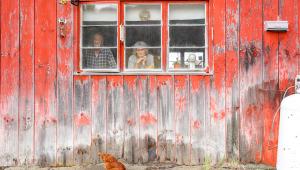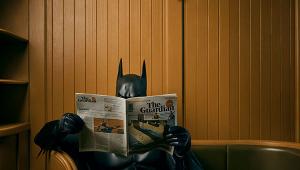Using a 100MP Hasselblad Medium Format Camera to Shoot Portraits: Tom Oldham's High Res Vision
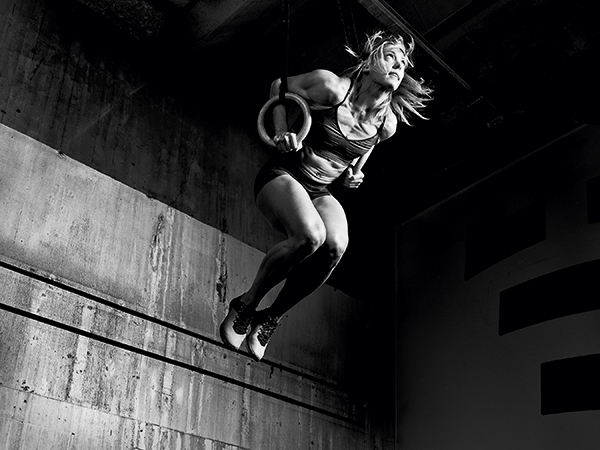
Hasselblad gave Tom Oldham carte blanche to shoot this H6D promotional campaign, so he chose to focus on CrossFit athletes, “an emerging sport that hasn’t been widely documented. My thinking behind this was, if I’m putting my name to it, I really want to ensure this camera system can work in every circumstance I can throw at it, within practical limits.” Oldham lit the athlete with two lights in the gym at Crossfit Solid, Stockholm. Technical info: Hasselblad H6D-50c; ISO 200, f/8, 1/750 second.
All Photos © Tom Oldham
Tom Oldham has been shooting portraits for 20 years and is today widely known for his expertise in medium format photography, notably with Hasselblad camera systems. He began his freelance career at the age of 29, having worked as a technician at the Plymouth College of Art for a few years after completing his studies there. He honed his craft by contributing to various music magazines in the United Kingdom. He even launched his own lifestyle magazine, in collaboration with a friend, and that thrust him into the limelight as a freelance lens for hire.
When he embarked on this freelancing journey, in an age when analog photography dominated, he found himself working first with Canon EOS, then Nikon manual SLRs. He’d even shot with Hasselblad early on, in his college days. A taste for medium format would linger, although he took a circuitous route getting there. First he had to make the switch to digital, which he did in 2003, to the Canon EOS 10D, and later to Nikon DSLRs.

“We got an early start, about 7 a.m., with our athlete stretching just before a run.” Supplementing the surrounding daylight was a diffused head through a scrim. Technical info: Hasselblad H6D-50c; ISO 200, f/4, 1/350 second.
The Move to Hasselblad
Why switch to medium format, specifically Hasselblad?
Tom Oldham: I had always been a fan of Hasselblad and had been hugely respectful of its legendary status as the go-to medium format camera. Then one day, after shooting for a week on a high-end DSLR, I had a real epiphany. I thought, “How can I separate my aesthetic from everyone else’s? Probably by not using the same kit as everyone else,” I reasoned. I’d decided to take the leap and buy a Hasselblad kit and not look back. Then I kept getting asked why my pictures looked different, which justified the whole expense to me instantly. In this wonderful digital democracy, where everyone can access a Raw file of reasonable quality, this is what it takes to separate yourself from the crowd. And quality always prevails, I believe.
Now that we have a 100MP version of the H6D, how do you feel that will change photography and how do you personally feel about shooting with that much resolution?
It’s hard to say what it will change as such, though doubling the standard level of quality is a beautiful thing. We can all enjoy seeing a huge leap in the quality of our output. Last year I had images enlarged to 60-feet high at the IMAX theatre in London. They looked great having been generated on the Hasselblad 50c. Now imagine those same images with effectively half the enlargement! It has to be good, especially when coupled with the Hasselblad glass and other in-camera refinements of the new H6D series. I see this new system as a game changer for the industry. And while it happily shoots at 100MP, it also does so securely, to two ports simultaneously or via USB-3 Type C, which is very stable and superfast. The outstanding quality of this camera for me extends to every aspect: ergonomics, speed, incredibly detailed files, and usability via the touchscreen. It has been so well designed and engineered for fast use and ease of workflow. You can now just shoot without worry—it’s become a conduit to your creativity.

“In a situation like this, you don’t need the person to do anything other than to do ‘their thing,’ which in Nick Cave’s case is his darkness.” As befitting this talented individual’s persona, Oldham lit him dramatically. The setting was a live music venue in London, the famous Hammersmith Odeon. Technical info: Hasselblad H5D-50; ISO 100, f/12, 1/200 second.
A Fascination with People
What got you started shooting portraits?
A fascination with faces and people. It’s quite addictive and can never be turned off. I was shooting a lot of music—parties, gigs, raves, then bands, but the hours were killing me. It’s not exactly the healthiest environment to constantly find yourself in. So, since it seemed the next logical step and a way to change my lifestyle and ensure a more enduring career, I moved into portraiture. I will never tire of meeting and shooting interesting people. The people I meet inspire me to keep pushing my work to its limits, because I really love what I do. You have to, or else the highs and lows would be intolerable.
Does medium format define the way you shoot and how you approach your subject?
It doesn’t define it as such but it does slow down and make the whole process more deliberate. Nailing the quality and tone of your lighting becomes really important, and I always try to get this right in camera—despite having 15 stops of latitude (dynamic range) at my disposal on the 100MP.
How would you define your lighting style for portraiture?
I tend to light soft and process hard, meaning, with added punch. And I am always looking for detail in my shadows. You can reduce shadow intensity if needed, but you can’t always find it if it’s not there. Again, the latitude in this new H6D will help with that even further, though you still have to set the tone of that lighting just right because that’s hard, and therefore expensive, to correct afterwards, during retouching.
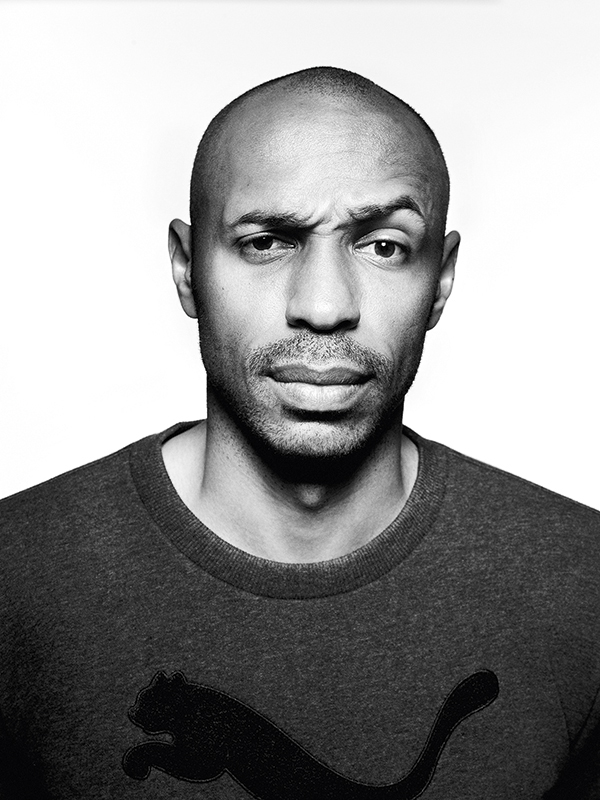
“I shot this portrait of the French footballer (soccer player) in a Central London hotel. Knowing we were pressed for time, I said, give me ten poses, ten frames, and we’re done. He complied, and we were out of there. Obviously, I had the lights set up in advance, with a beauty dish on his face and two lights on the background.” Technical info: Hasselblad H5D-50c; ISO 100, f/13, 1/350 second.
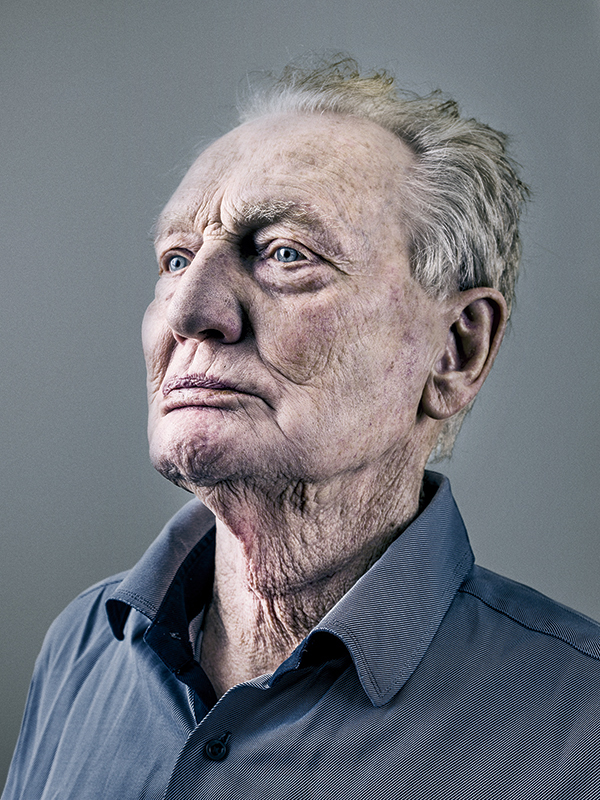
“Ginger Baker was the drummer with the band Cream. Beyond that, I’ll let the picture speak for itself. This was just a case of capturing all of that texture in his skin, which is a reflection on his life.” Oldham shot this in Baker’s home office, in South East England, using one light. Technical info: Hasselblad H5D-50c; ISO 100, f/11, 1/125 second.
Removing Noise and Clutter
What defines your creative vision?
Mine is a very clean and straightforward proposition, with as much visual noise and clutter removed as possible so the viewer can enjoy a very true interpretation of the portrait. It might involve a quirk, or an alternative view outside the norm, but it tells the story of that person, on that day, in that place, with me.
Who influenced your creative vision?
Every single image I ever see has some sort of impact on me, whether I’m dismissing it as poorly executed or celebrating it as a job well done. All photographers have to be very outward looking, I think. There’s so much wonder to drink in. A friend e-mailed today telling me he was jealous and inspired by what I do. I knew what he meant, as I have that all the time with other photographers. All the big names inspire me, but then some kid on Instagram will blow me away with their high-intensity awesomeness, too. There are great eyes everywhere and everyone shares everything so willingly.
How do you define your shooting style?
Fast and loose. I have a good sense of when the subject has had enough and I prefer not to push too far past that. One, because I’m a nice guy and you never know when they’ll be in front of you again. And two, it becomes contrived when they’re forcing it, which is especially relevant with musicians. I’m not a meticulous planner. In fact, so much of my work is walking into cold locations and framing up shots and then lighting it on the hoof. It’s far more fun this way and always has a greater sense of accomplishment afterwards. With musicians I prefer to always have an idea and technique in mind, as you can’t rely on them to always be up for it.
Where do you get your ideas from?
The future. And the past.
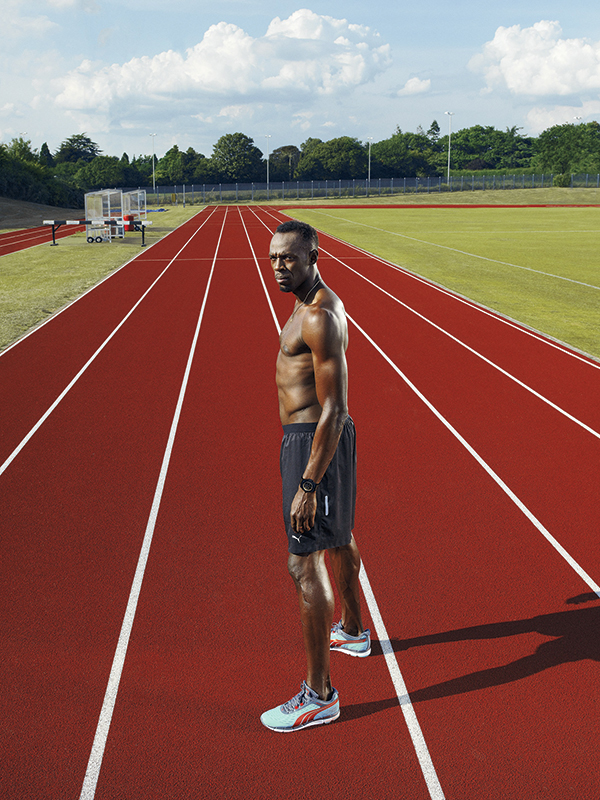
This portrait was shot at the athlete’s training ground at Brunel University in West London. “He’s absolutely brilliant to shoot. He’s the coolest guy in the world.” Lighting came from a silver Sunbounce from the right and another light from the left. Technical info: Hasselblad H5D-50c; ISO 200, f/11, 1/250 second.
What’s in Oldham’s Gear Bag
* Two Hasselblad camera bodies: H6D-100c and H5D-50c
* Prime lenses for portraits: 50mm, 80mm, 100mm, and 120mm
* Two Broncolor Move packs and four heads and stands
* Two Photek Softlighters
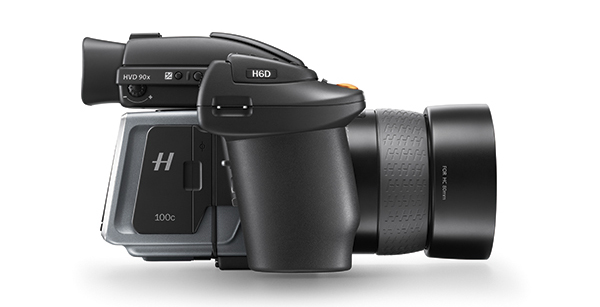
“Obviously my Hasselblad is my favorite camera,” Oldham says. “Formerly the H5D-50c and now the new H6D-100c (100MP), for all the reasons outlined above.”
Tom Oldham is based in London, England. To see more of his work, visit tomoldham.com or via Instagram and Twitter.




